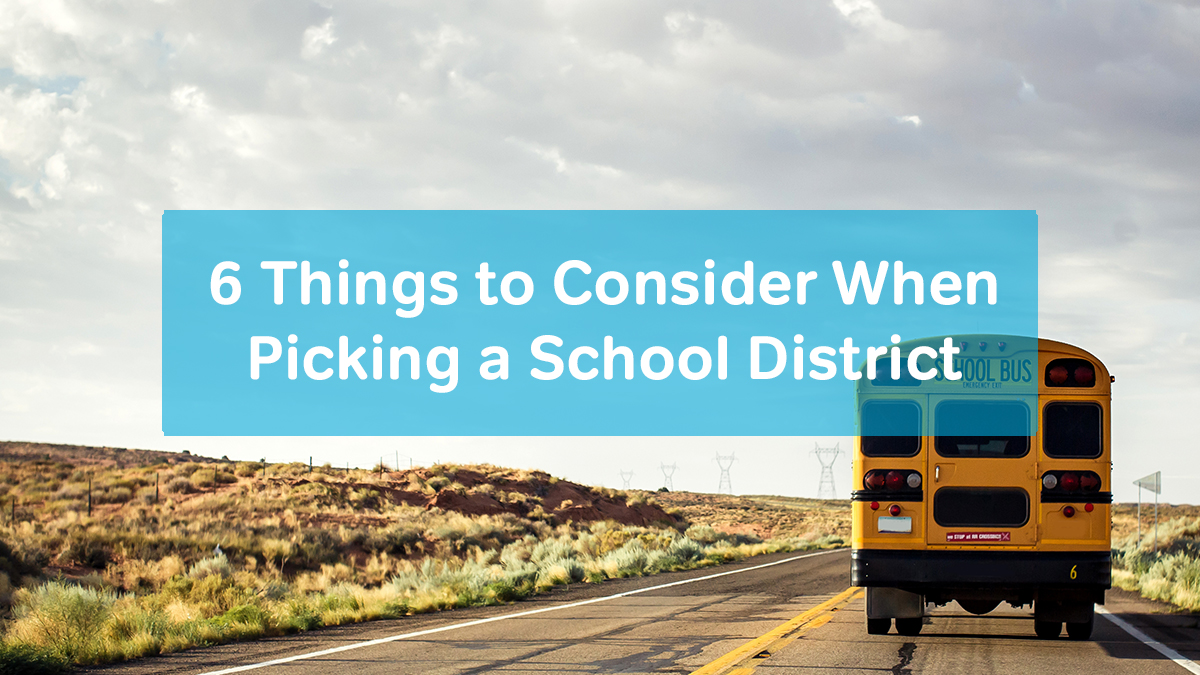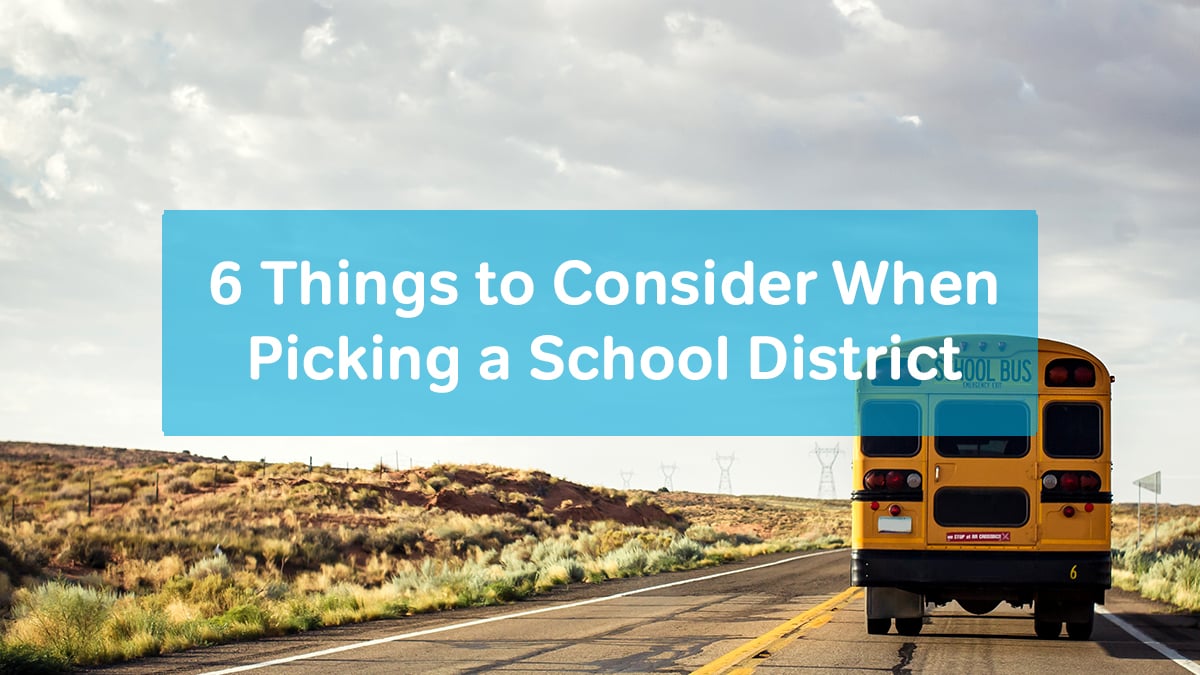
Choosing which schools and districts to apply to is a hugely important decision for beginning teachers. The type of challenges, supports, and requirements you experience in your first few years will reverberate across the rest of your teaching career. The good news is that there are almost as many types of school districts as there are types of teachers, so everyone can find a good fit.

Before diving in, a caveat: the focus of this post is schools in the U.S., but obviously great teachers are needed all over the world. Teaching abroad can be great experience, both personally and professionally. There are wonderful programs that place American teachers in schools all over the world — if you’re able to take advantage of them, it can be a great job!
But back to domestic teaching jobs. Here are some questions to think about.
Where Do You Want to Live?
Perhaps the most obvious thing to think about, but you should consider if there are geographical limitations to your job search. Are there a few cities you’d love to live in? Do you want to stay near family or loved-ones? Are you more at home in the country or the city? Do you want to live in a state that pays a higher salary? Many teachers choose one district and stay there for their entire careers. Teachers are in high demand all over the country, so you can probably afford to be choosy location-wise.
What Type of Challenge Do You Want?
Teaching is a challenge no matter where you do it. Your job is to figure out what kind of challenge you want. Urban, rural, and suburban schools each have different types of students with different needs. High performing districts can have demanding parents and ambitious course loads. High-needs schools tend to serve students who are behind academically, and closing those gaps is a big challenge. Talk to teachers in lots of different types of schools to learn about their challenges. They all have them, but they might not all be right for you!
What Type of Career Do You Want?
Different types of districts are more conducive to different types of careers. Do you want to be a classroom teacher for 30 years, teaching generations of students in the same families? Small districts in small towns or rural areas might be for you. Do you have ambitions to become a principal and want a high-growth career? Large, urban or suburban districts in cities with high growth rates (think California, Florida, the South West) offer lots of career growth opportunities. Do you want to move around and gain lots of experience? You want a big district with a combination of magnet schools and community schools. Your vision for your career can be a good lens through which to evaluate different districts.
Public, Private, or Charter?
There are benefits for each school type, so you should consider all of them based on your interests and needs. Traditional public schools tend to be lower risk and offer more job protections, but they also have lots of certification requirements and can be more prone to district politics. Private schools can offer a lot more flexibility, but they aren’t governed by the same labor laws or agreements. Charters are relatively new and can be a good mix of public and private. They also lack some job protections and are more controversial than traditional public or private schools.
Who’s in Control?
In the last decade or so, many school districts have been “taken over” by city or state governments and have seen their school boards either dissolved or have their influence reduced. Some teachers might be excited by the changes and opportunities that these takeovers provide, while others can find them off-putting or stressful. You can be happy working for a school board or a mayor, but you should know what you’re getting into.
Large or Small?
Larger districts have economies of scale. They can provide more professional development and career growth opportunities than smaller districts. But they can also be impersonal and overly bureaucratic. Smaller districts can provide more of a community feel, an environment in which some thrive while others languish. Know yourself to figure out which is best for you.
What Requirements Are There?
Different states have different licensing requirements, including degree requirements and Praxis scores. Depending on your academic background, different districts might not be available for you. You can search for various state requirements online to figure out what options you have.
The Bureau of Labor Statistics predicts that, between 2008 and 2018, the number of teaching positions in the U.S. will increase 13%. That means there are plenty of opportunities for you. Spend some time figuring out where you’ll be happiest so that you can start your career on the right foot!



